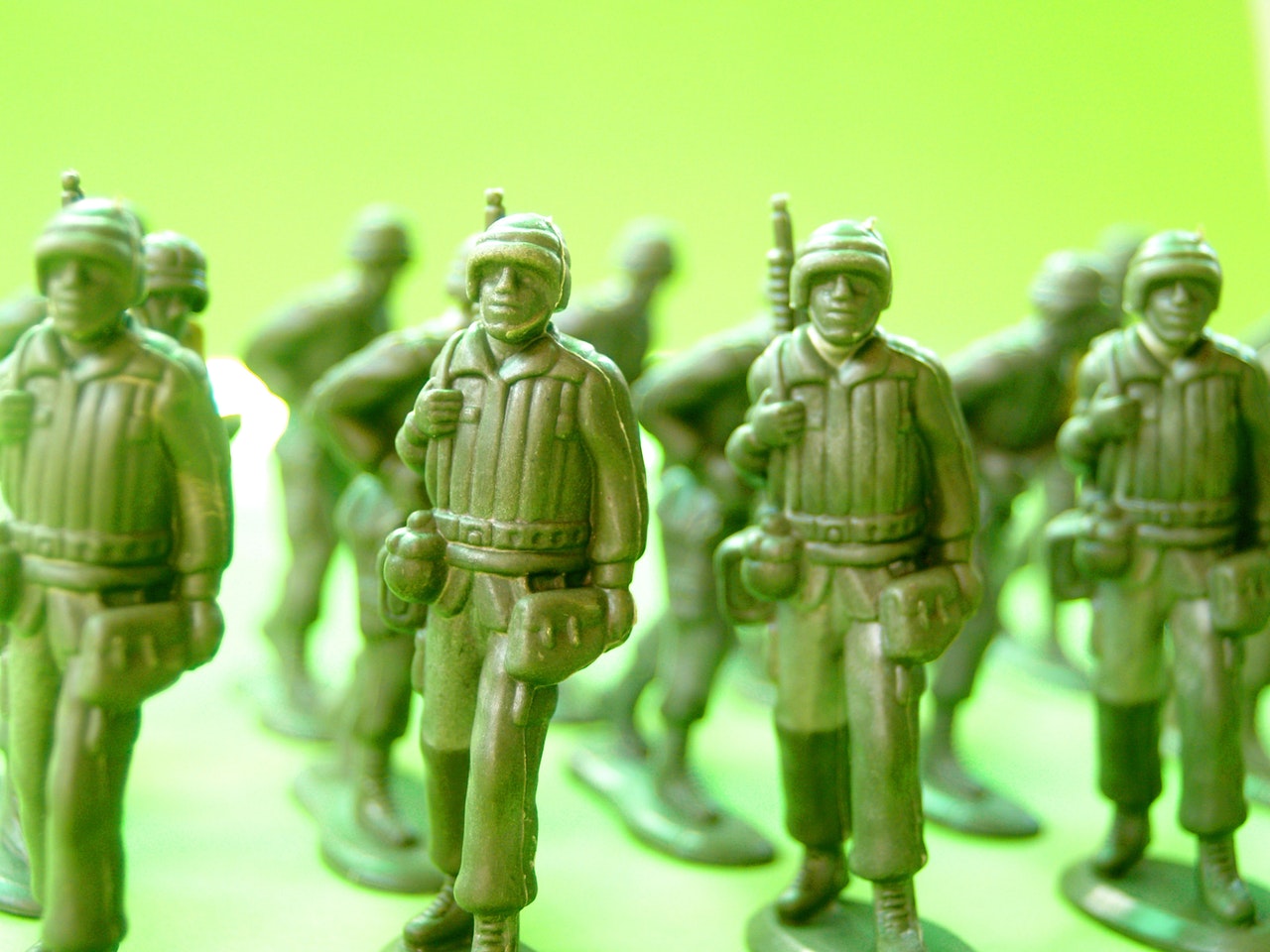
3D printing multiple objects at the same time is a dream come true. You can print as many models that can fit the build plate, therefore, reducing the time and work required. It also allows your objects to cool faster since they can be left to cool while the next model is being printed.
However, this comes with a lot of risks.
It may be less time-consuming to print multiple objects, but it doesn’t shorten the printing time drastically. All it does is remove the in-between rebooting time for each print batch since you’ll be printing all the objects in one batch (hopefully!). There is also the risk of ruining all your prints when one of the objects gets knocked off during printing. Then there’s also the stringing due to the extruder moving from one object to another.
But there is the right way to doing this. Here’s how you can print multiple objects at once…
The secret to successful multiple object 3D printing is…
Sequential printing! Sequential printing allows you to print one model at a time and only moves on to the next one after it’s done. It also reduces the likelihood of ruining the entire batch once one fails since the material wouldn’t be dragged to other prints.
Sequential printing can be done through slicer software programs, such as Slic3r and Cura for Ultimaker printers. Both of them are freeware.
Special notes about Slic3r
- Slic3r already checks the layout for problems with the nozzle and extruder colliding into your model and other problems that may arise during printing.
- The default setting of Slic3r is that it prints the objects by height from the shortest to the tallest to minimise issues with height clearance. You can choose to manually change the order of sequence through the settings.
Read more about the Sequential Printing feature of Slic3r.
Special notes about Cura
- Cura allows you to print the objects one at a time, which will stop the printing after an object is done and only resume once you have removed the finished object from the bed.
- It also has a “Print all at once” feature that is similar to Slic3r. However, it is restricted by height. This option is not available for tall objects.
Read more about the Multiple 3D printing feature of Cura here.
Reasons to print multiple objects
- When printing models that are made up of similar multiple parts such as chains and belts
- When splitting a model into several parts because it doesn’t fit your 3D printer
- When printing several copies of an object
Learn a new 3D printing hack with multiple printing!
Learning new 3D printing hacks is part of what makes being a 3D printing nerd fun. If you need new 3D printer filaments to try this hack with, check out our Glowing and Twinkling filaments! For inquiries, you can contact us by email

